Roderick “Rory” Cameron left his idyllic Mediterranean villa, Le Clos, on the French Riviera after downsizing from his mother’s (Lady Kenmare) oft publicized villa, La Fiorentina, in the exclusive enclave of Saint-Jean-Cap-Ferrat. Soon following his mother’s death he escaped the Riviera due to burgeoning crowds for Ireland with a romantic assumption he would make it his new home. In a short amount of time the realities of isolation and a damp, cold clime – reinforced by the urgings of his close friend Van Day Truex – encouraged Cameron to pack it up and move to sun-soaked Provence.
Though Cameron had lived for many years in France this Brit with an illustrious reputation for a life well-lived found comfort in the Luberon valley, where Greeks, Romans and the French commingled a rich blood heritage, making him feel less a foreigner. When it came to securing his next residence he decided upon a ruin: “… a heap of rubble gives one infinite scope” remarked Cameron. In an article written by Cameron for The World of Interiors (April 1984) he credits architect Alexander Favre with the design and building of Les Quatre Sources with nary a mention of Van Day Truex, which is considerable given that they were very close friends and Van Day Truex is credited with collaborating on the design of the nautilus-inspired staircase in Van Day Truex: The Man Who Defined Twentieth-Century Taste and Style by Adam Lewis.
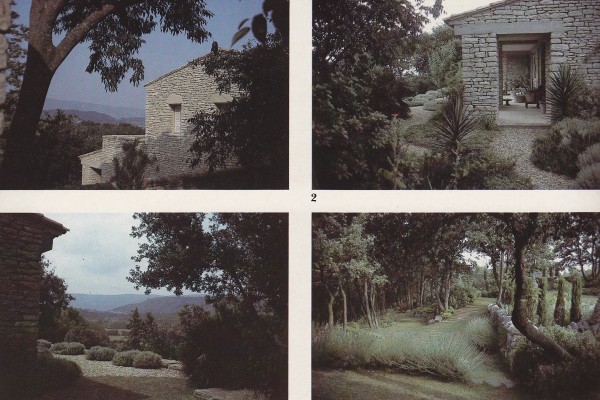
The local method of drystone walling was used in the building of the house; patches of rosemary, sage, lavender and pittosporum surround a terrace; a view of the Luberon hills; clipped lavender at the top of the steps leading from the house down to the garden.
Favre incorporated the local building vernacular into the design of Cameron’s Provençal home: drystone walls, local clay tile for the roof, old Roman tiles for flooring, and thick plaster walls – but none of the ubiquitous small windows so prevalent in Provençal buildings. Cameron desired light-filled rooms via expanses of glazing, looking onto terraces and his gardens of silvery-green olive trees, lavender and rosemary. Its name, Les Quatre Sources, was given when a fourth source of water was required by digging and additional, fourth, well.
The style and construction of Les Quatre Sources is in keeping with the local vernacular, other than for the wall-to-wall expanse of windows, which feels more like a home in California. In fact, from one photo to the next it is difficult to place these rooms in context to their locale:
The curve of the nautilus-inspired stairway feels almost modern. Could this be Angelo Donghia’s one-time residence in West Hollywood?
In this photo Asian subjects are framed in gleaming gold while a sculpture of Neptune surveys the stairway landing, offering crisp and strong contrasts against the creamy plaster walls and Roman-style tile floors. Not your typical rustic country chic.
In the hall a marble top console with a pair of Louis-XIII stone dog bases supports a collection of ceramic eggs by Swedish potter Hedberg, a pair of 18th-century hurricane lamps, and an 18th-century copy of a Roman senator. The obelisk, inspired by Palladio, was made by Cameron, and the abstract painting above it is the work of Robert Courtright. Simple raffia-and-cotton matting made locally in Cogolin covers the floor. From this room’s appearance we could easily be in Greece or Napa Valley, California, as easily as Provence.
In the drawing room a Chinese screen and obelisk bookshelves from Sybil Colefax are mixed with an English campaign table topped by an Asian vase converted to a lamp.
Regency chairs and an American Federalist-style sofa in the book-lined corridor overlooks a garden. Objects on a drawing room table include a tea-caddy lamp, a basin looted from the Chinese opium war and a mouse by Uccello.
This photo of Cameron’s bedroom could have easily been taken from his previous home in Ireland. Other than the locally made natural fiber rug there is not one indication that this room inhabits a Provençal structure. With its Anglo-Indian dressed bed, Chippendale bedside chests and prints illustrating Calcutta this room is decidedly British.
The same mix of styles and periods inhabit a guest room: English furniture, a Chinese screen, a wooden Egyptian dog, a Roman porphyry funerary urn and a local French lamp.
On the terrace outside the dining room is a table made of local stone, set with Biot hand-blown glass, 18th-century Aptware and Georgian silver.
There is a certain restraint and eye for detail that is attractive here at Les Quatre Sources. But does it capture the spirit of the Luberon? Not nearly as much as the home of Van Day Truex which we visited last in Truex Provence – in my opinion a true distillation of the essential spirit of Provence. Les Quatre Sources could be considered more civilized in the sense that comfortable (conventional) upholstered seating and shelving for books is provided. In the British tradition for comfort there are tables with lamps at the ready – practical solutions offered up attractively. And it’s personal, reflecting the taste, style and aspirations of one talented gentleman who knew a thing or two about creating beautiful, comfortable interior environments. And given these rooms were created thirty years ago they still feel relevant, for the most part – a testament to Truex’s logos that “good design is forever”.
The barren landscape was planted with olive trees to provide texture and foliage.
This post is based on an article written by Rory Cameron for The World of Interiors; April, 1984. Photography by John Vere Brown.











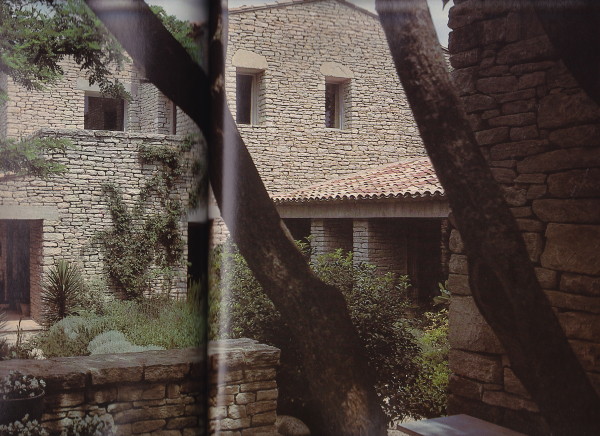

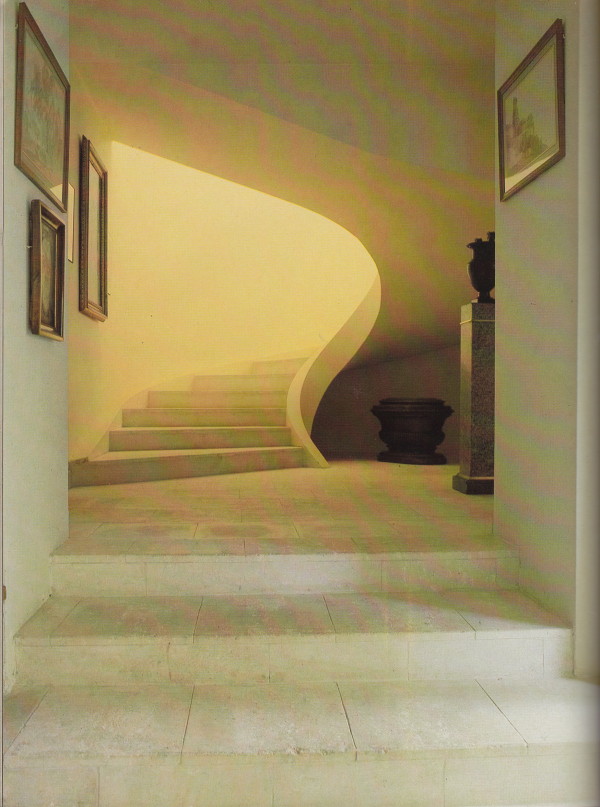
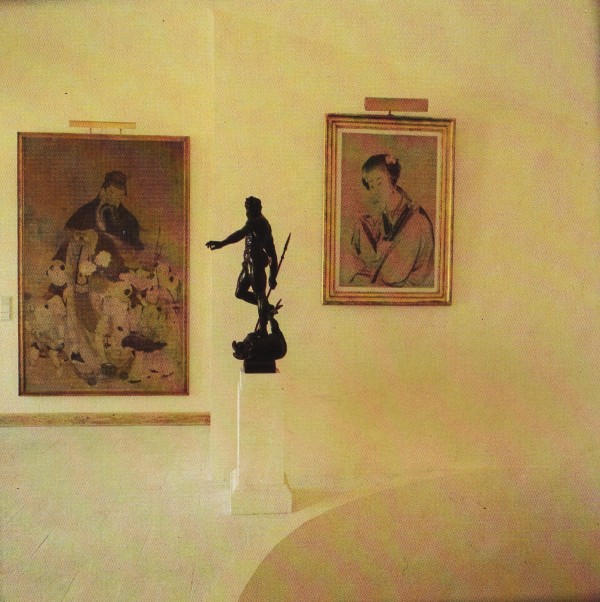
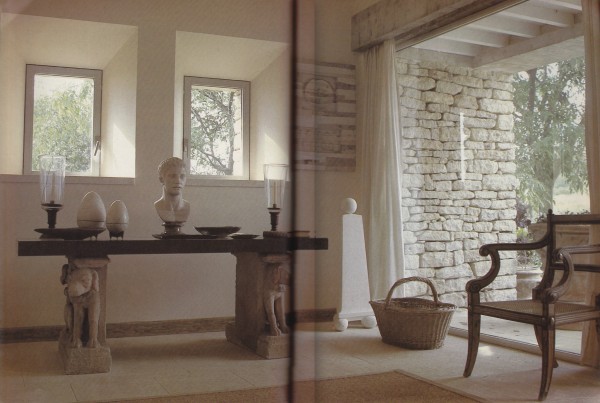
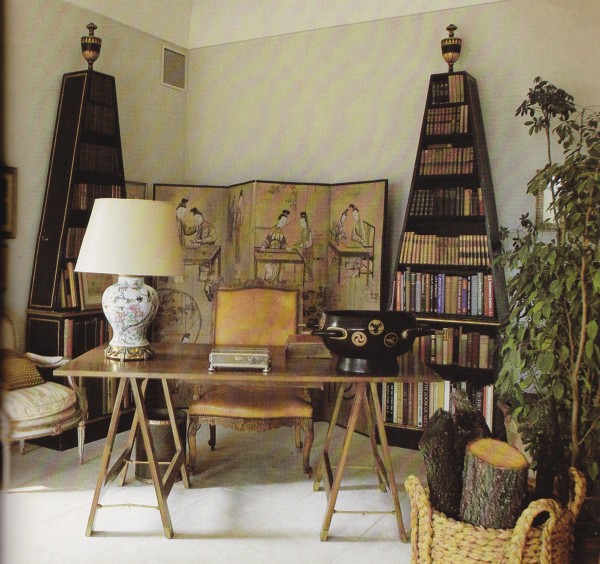
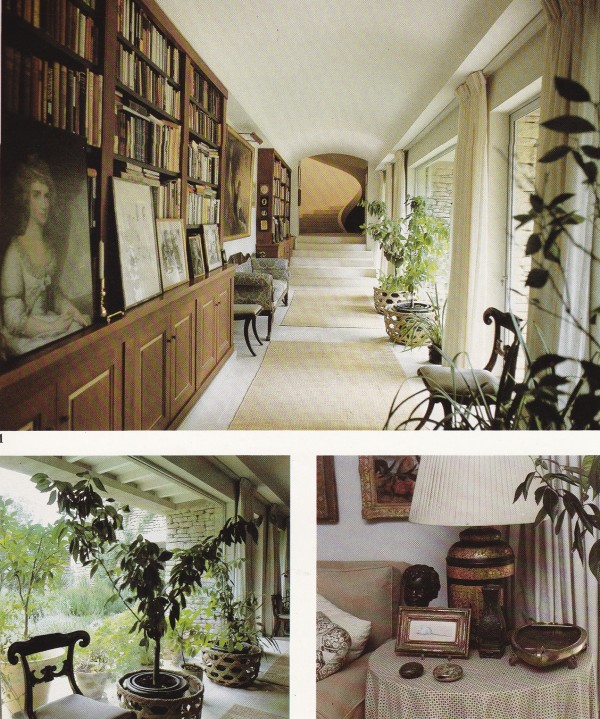
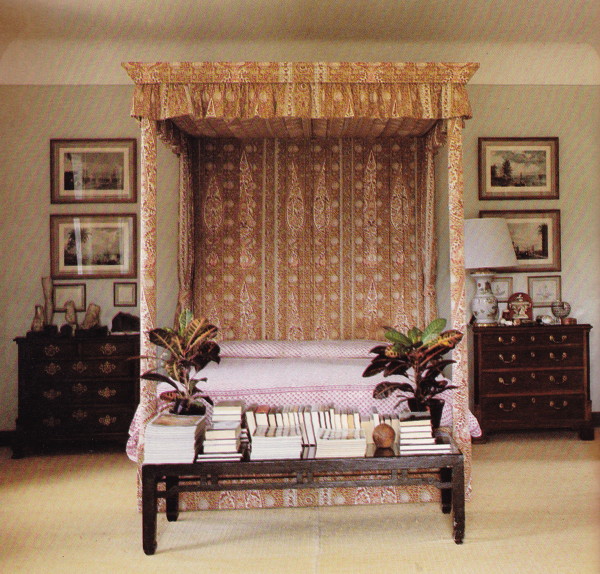
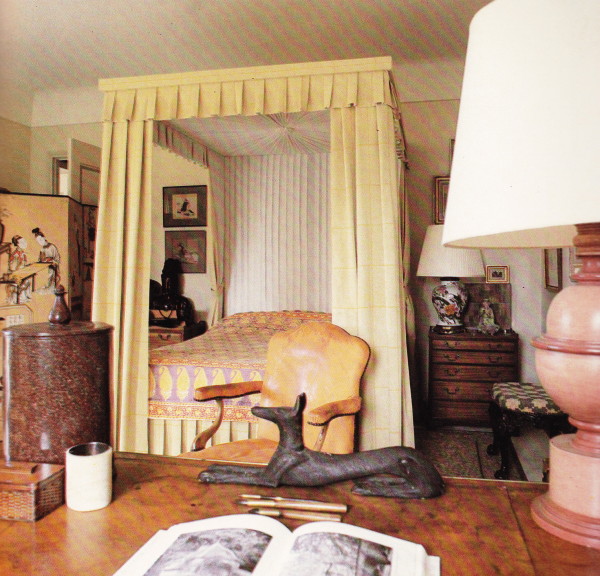
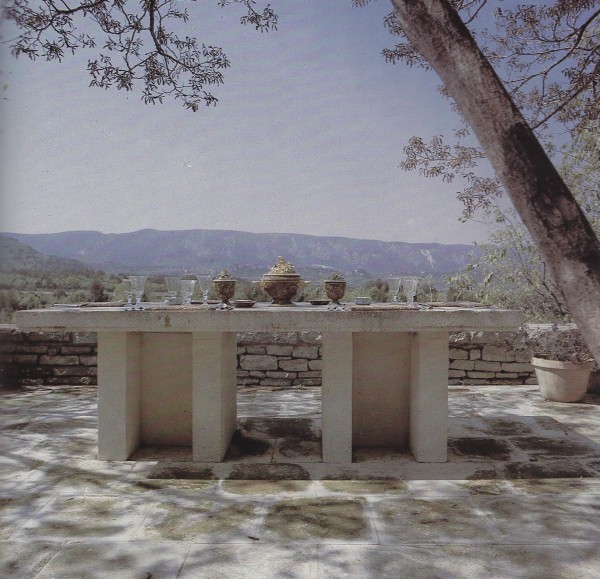
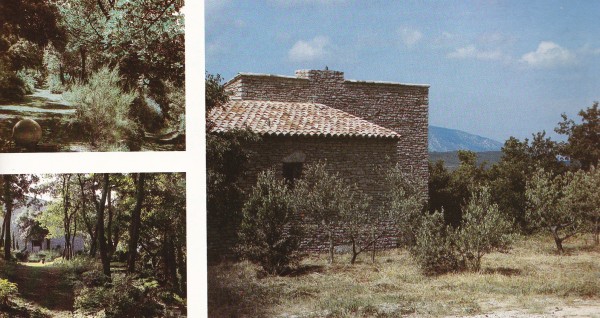



What an elegant and beautiful home… I loved his use of house plants… which always make for lovely accents.
Thank you
Victoria
Victoria, thank you – so glad you enjoyed it. It goes to show good design endures. Though I would probably simplify much of it, that’s just my particular preference. You could really just move right on in and it would be beautiful.
Cheers!
CW
From the pictures the most compelling view inside is the long galery shot of the bookcases past the large glass windows, then ending at the staircase. That is; to put it simply extraordinary interior vision!!
I can’t wait to spend time looking through your website.
Thank you for sharing.
Brenda, your comment so aptly distills the essence and drama of this transitional space. And what a reward awaits: that gorgeous, sculpted, winding staircase! One of these days … yes – one of these days, perhaps one of my own! So happy to receive your supportive comments – my blog is truly a labor of love.
Warmest,
Cristopher